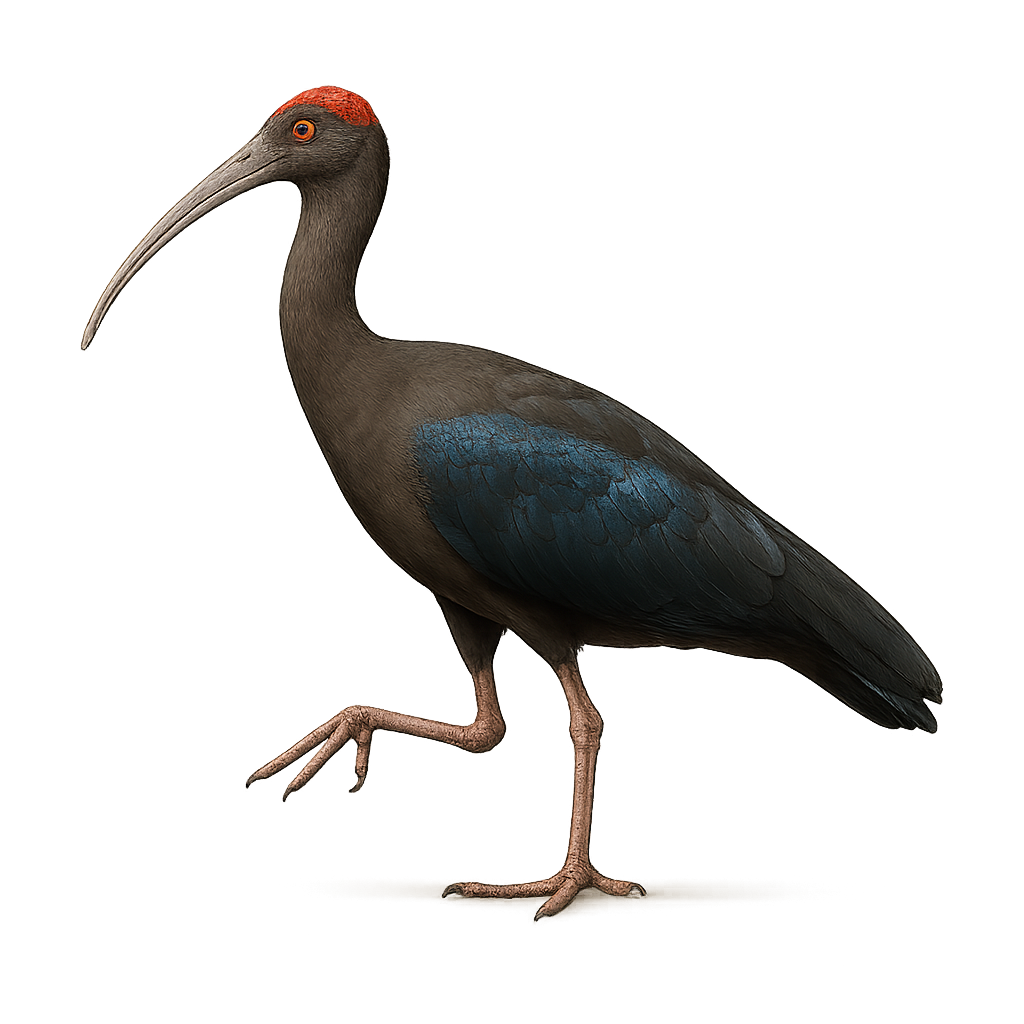Your wildlife photography guide.
Explore the black-headed ibis in detail, study its behavior, prepare your shots.
Where to observe and photograph the black-headed ibis in the wild
Learn where and when to spot the black-headed ibis in the wild, how to identify the species based on distinctive features, and what natural environments it inhabits. The WildlifePhotographer app offers tailored photography tips that reflect the black-headed ibis’s behavior, helping you capture better wildlife images. Explore the full species profile for key information including description, habitat, active periods, and approach techniques.
Black-headed Ibis
Scientific name: Pseudibis papillosa

IUCN Status: Near Threatened
Family: THRESKIORNITHIDAE
Group: Birds
Sensitivity to human approach: Suspicious
Minimum approach distance: 10 m
Courtship display: March to July
Incubation: 25-28 jours
Hatchings: April to August
Habitat:
Wetlands, marshes, rice paddies
Activity period :
Primarily active during the day, with peak activity in the morning and late afternoon.
Identification and description:
The Black-headed Ibis, or Pseudibis papillosa, is a medium-sized bird known for its distinctive black head and neck contrasting with its white body. It primarily inhabits wetlands, marshes, and rice paddies in South Asia. This ibis is often seen in small groups, feeding on crustaceans, insects, and small fish. Although relatively common in some areas, habitat degradation poses a threat to its population. Its flight is graceful, with slow and steady wing beats, and it emits characteristic harsh calls. The breeding season varies by region but is often influenced by the rainy season.
Recommended lens:
400 mm – adjust based on distance, desired framing (portrait or habitat), and approach conditions.
Photography tips:
To photograph the Black-headed Ibis, focus on wetlands early in the morning or late afternoon when the light is soft. Use a telephoto lens of at least 400mm to capture details without disturbing the bird. Be patient and discreet, as this ibis is suspicious. A tripod can be helpful to stabilize your camera, especially if using slow shutter speeds. Observe the bird's behavior to anticipate its movements and capture dynamic shots.
The WildlifePhotographer App is coming soon!
Be the first to explore the best nature spots, track rutting seasons, log your observations, and observe more wildlife.
Already 1 431 wildlife lovers subscribed worldwide

